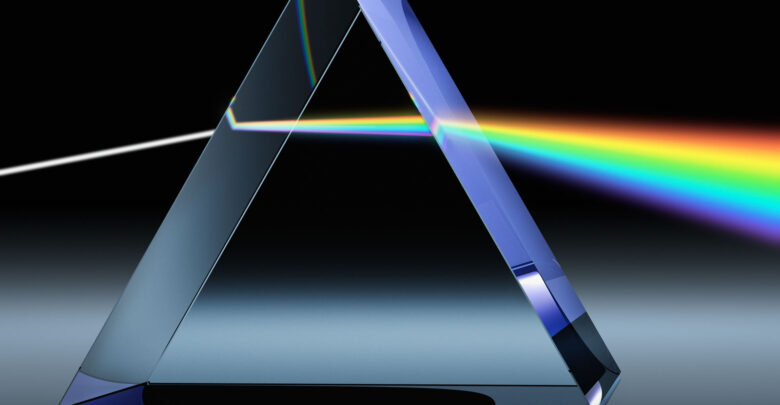What is Refraction of Light?

From different sources of the definition of light, we now know that it is a form of energy that can actually undergo many different phenomena which include reflection and refraction, diffraction interference as well as polarization. The phenomenon that occurs as a result of the bending of light as it travels from one medium to another is known as the refraction of light. This article will give you a brief explanation of this and help you understand the refraction process of light.
The different topics included in this article are:
- What is Refraction?
- The causes of Refraction
- The different Laws of Refraction of Light
- Refractive Index associated with it
- Refraction of Light in real-life situations
- Different applications of the Refraction of Light
-
What is Refraction?
It refers to the phenomenon of the bending of a wave when a wave passes from a medium to another medium. This takes place due to the differences in densities between the two different media or substances.
Definition of Refraction
It is usually defined as,” The change in the direction of a wave when it passes from a medium to another.”
Refraction of light in particular is the bending of light or the change in the direction of light when it passes from one medium to another and is a very common phenomenon observed. Other waves like sound waves and water waves also do experience the phenomenon of refraction. Due to refraction, we are able to see and have optical instruments like the lenses, the magnifying glasses, prisms, and so on so forth. Also, because of this phenomenon of refraction of light, we can easily focus light on our retina.
One of the questions most asked is, “Why do stars twinkle?”
The twinkling of the stars is an effect that is caused due to atmospheric refraction. There is an undergoing of several refractions by the starlight while traveling to the Earth. The atmospheric refraction takes place in a medium where there is a gradual change in the refractive index.
Causes of Refraction
When there is a change of Speed there is a change in the direction. When a light ray travels at a particular angle into a medium of different refractive index, it refracts. The change in speed occurs when the light ray travels in such situations, there arises a change in direction or refraction. For example, let us consider that air travels into the water, here the speed of light will continue to decrease as long as it travels at different angles.
Different Laws of Refraction of Light
The different laws of refraction are as follows:
- The incident ray, the normal, and the refracted ray, all lie on the same plane in reference to the interface between the two media at the point of incidence.
- The sine of the angle of incidence divided by the sine of the angle of refraction is always a constant.
This is known as Snell’s law of refraction.
What is Refractive Index?
Another term in the refraction of the light topic is the refractive index, which is also known as the index of refraction. This term actually describes how fast light can travel through a material. This term is dimensionless.
The refractive index for a given material is defined as the ratio between the speed of light in a vacuum usually denoted by c and the speed of light in the medium denoted by v. If N is the refractive index of the medium, then the formula can be written as:
N = c/v
The light ray changes its direction on the basis of the refractive index of the medium. The light ray usually bends at the junction that separates the two different media. When the light ray travels from a medium of lower refractive index to another of a higher one, it generally bends towards the normal or sometimes bends away from the normal.
Lear how to Find the power of a concave lens of focal length 2 m.
- Refraction of Light in Real Life
- Some examples of real-life refraction are mirage and looming which are optical illusions occurring as a result of refraction of light.
- Another example of refraction of light is that in a swimming pool the light that comes from the bottom bends at the surface due to refraction, hence always looks shallower than it really is.
- The formation of a rainbow is another example of refraction.
- The splitting of white light into different colors when it passes through a prism is due to the refraction of light.
- Applications of Refraction of Light
The refraction of light has many applications and some prominent applications are given below:
- A lens uses refraction for the formation of an object required for various applications like magnification.
- Spectacles use the principle of refraction worn by people with bad eyesight.
